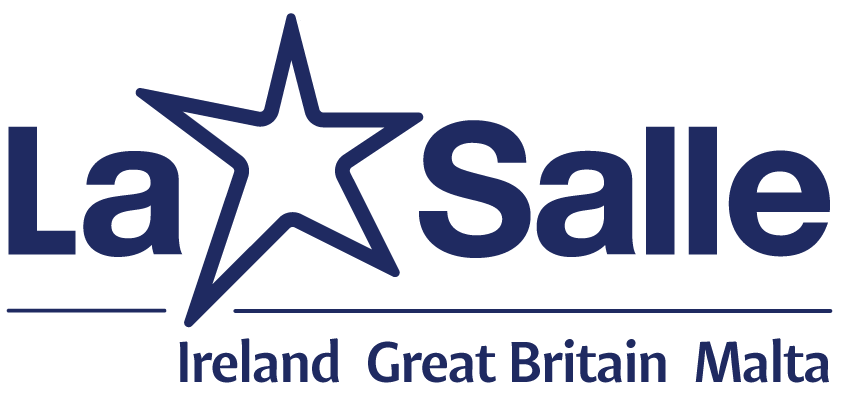RTE celebrates contribution of Coláiste Íosagáin
The contribution of Coláiste Íosagáin to the Irish education system was celebrated on RTE with the airing of a special ‘Nationwide’ programme on Friday July 15th.
For many years, Coláiste Íosagáin run by the De La Salle Brothers in Ballvourney in Co. Cork was a so-called preparatory college, hosting the top students from all over Ireland who would become the nation’s finest teachers.
The programme is now available to view on the YouTube channel at this link https://youtu.be/k5IdMR9MEDk
For those interested in learning more, Br. Kevin McEvoy had provided the following history of Coláiste Íosagáin.
On July 4th, 1940 the Ballyvourney Community of the De La Salle Brothers was opened with the formal sanction of Bishop Roche of Cloyne. The pioneer Community consisted of Brothers Joseph Hartnett Director, Peter Lynch, Raphael Fitzsimons and Anastatius Kelly. On the 3rd of September 53 students were enrolled. The two lay professors on the staff were Donal Kavanagh and Ignatius Flanagan.
For many years, Coláiste Íosagáin run by the De La Salle Brothers in Ballvourney in Co. Cork was a so-called preparatory college, hosting the top students from all over Ireland who would become the nation’s finest teachers.
For over 30 years from 1927 to 1961, the preparatory colleges were a major recruitment source for primary teachers.
The preparatory colleges were the most significant change in education following the foundation of the Irish Free State in 1922. At their core was the ideal of Ernest de Blythe (Ernán de Blaghd) ;“the strengthening of the national fibre by giving the language, history, music and tradition of Ireland their natural place in Irish schools”.
The establishment of preparatory colleges was a significant step towards remedying the shortage of student teachers with a fluent knowledge of Irish. These colleges were residential, second level colleges in which candidates for a teaching career would get a ‘thoroughly sound secondary education, combined with the advantages of a collective school life lived in an atmosphere of Gaelic speech and tradition.
Half the vacancies in each college were to be reserved for candidates who obtained not less than 85% for oral Irish at the entrance test and 50% of these in turn were reserved for native speakers of Irish. These colleges were established and funded by the state and placed under the control of Catholic religious orders or the Church of Ireland authorities.
In January 2020, €2.7m was approved through the Enterprise Ireland Regional Enterprise Development Fund towards the regional hub, with at least €1m also contributed by Údarás na Gaeltachta.
The works involve the demolition of part of the rear of the building and construction of a lift and stairs, car-parking areas, and entrance improvements.
The plan is to refurbish the remaining sections of the building in further stages over the next five to 10 years.
The redevelopment of Coláiste Íosagáin has been proposed many times since its closure, with then-education minister Michael Woods turning the sod in 1999 on a £1.5m national all-Irish education facility that failed to materialise.
A cultural interpretive centre showcasing the work of composer Seán Ó Riada; a training centre for international workers; and a vocational education centre were also mooted.


